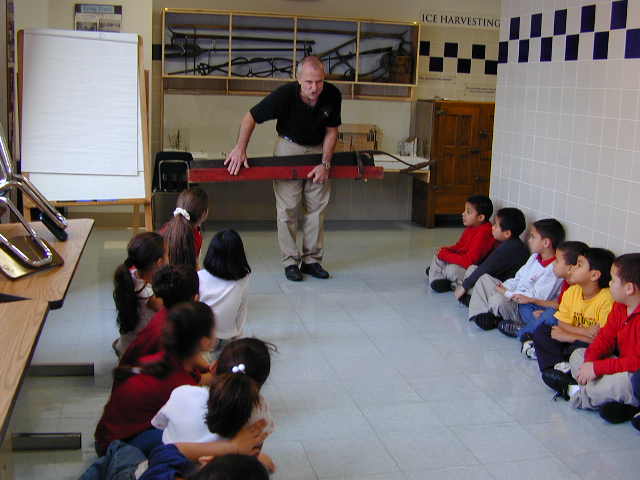Ice Harvesting Exhibit
Charles Fortes Museum School
Mr. Round's 2nd Grade
Charles Fortes Museum School
Mr. Round's 2nd Grade
This began an inquiry that lasted year and was con-tinued by the 2001-2002 second grade. Here we are exploring our Ice Harvesting artifacts. If you would like to see what we learned so far, CLICK HERE .



